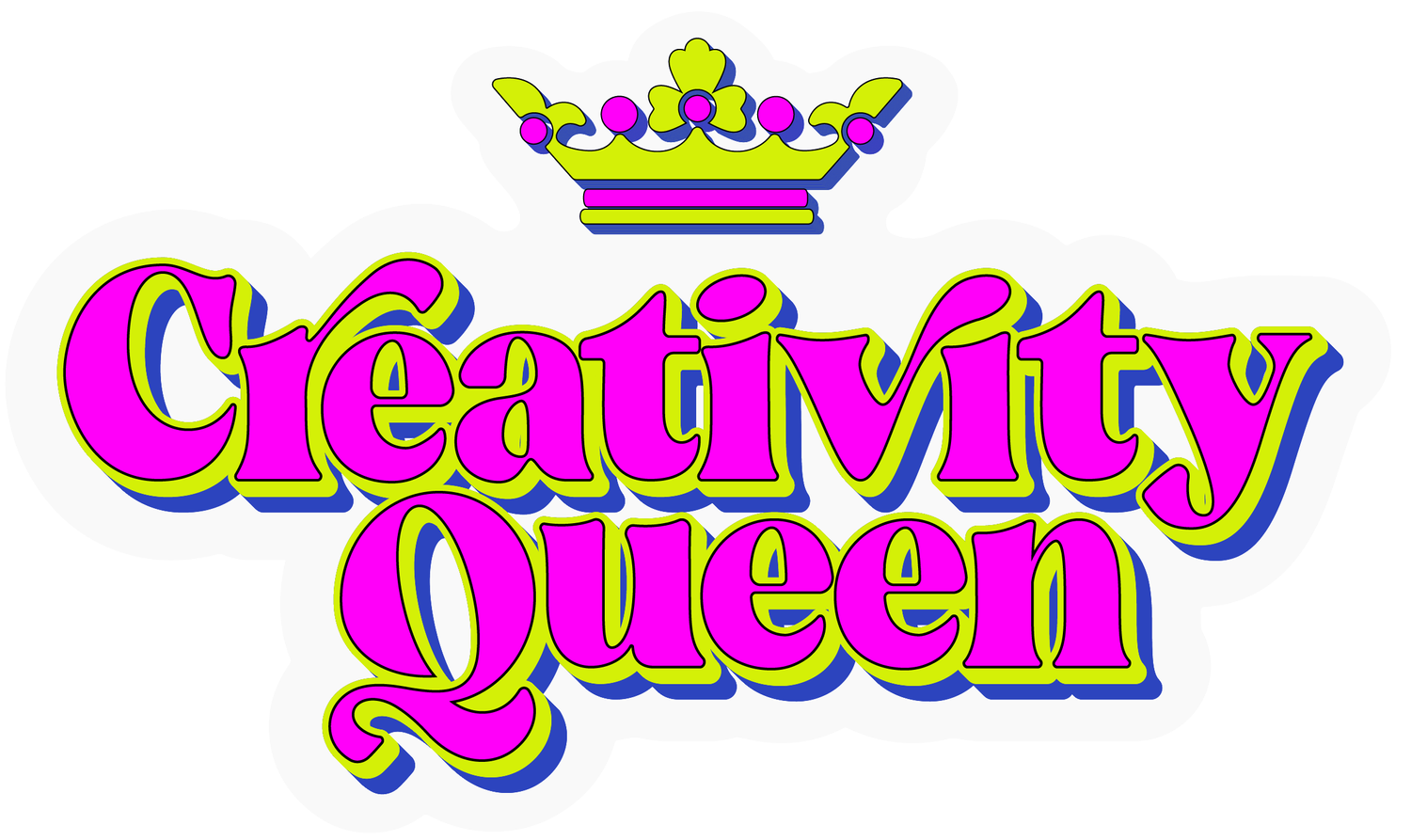Art Therapy FOR KIDS
Help your child creatively manage their behaviors and express their feelings so they can compassionately connect and confidently communicate.
Creative solutions to your child’s problems.
Do you have a child who needs help managing their behaviors and feelings?
Are You…
Worried about your child or teen?
Not sure if your child’s behaviors are normal or if they will grow out of it?
Concerned about medications, labels, and diagnoses and want an alternative way to help your child learn coping skills?
In need of some non-judgmental parenting support?
Looking for family therapy or child therapy in Sarasota, Bradenton, Venice or Lakewood Ranch, Florida?
Imagine your child confidently telling you, their siblings, and friends what they want and how they feel without having to yell, pout, tantrum or shut down to be heard.
How would your life be different if you felt heard, understood, and respected?
How would your child act and feel if they knew they could respectfully express themselves?
Welcome. I'm Dr. Laura Dessauer and I use art therapy to help children and families creatively connect so your child feels happier and more confident.
I’m a board-certified art therapist, parent coach with a doctorate degree in counseling psychology, and the owner of an award-winning business, Creativity Queen LLC. I have 35 years of experience working with families, children, and teens therapeutically and I've contracted with over 21 school districts in New York, Sarasota, Venice, Bradenton, and Lakewood Ranch areas. I'm recognized as an international presenter, esteemed clinician, author, and winner of the 2007 Small Business of the Year Award (SCORE).
I am passionate about teaching children and parents creative ways to connect and communicate with respect and compassion, so your child can feel happier and more confident.
I teach parents and children creative tools to help their children solve their problems, feel more confident and connected, and communicate better. Let's work together to build a brighter future for your family!
I work with children and teens who struggle with one or more of the following.
Behavior Problems Children who throw tantrums, have meltdowns or engage in power struggles, become disrespectful, oppositional, or shut down when they become upset or don’t like what is requested of them.
Getting along with siblings, family members, or peers Children who have a difficult time getting along with other family members, listening to parents, dealing with siblings or step-siblings’ behaviors, or peer relationships.
Inflexibility or rigidity and having a hard time adjusting or transitioning These children may have processing issues, they may be diagnosed on the Autism spectrum, anxiety or with bipolar disorder. These children may think they are the ‘boss’ or they have difficulty connecting with others and they seek out ways to be in control. Other children may have a difficult time tolerating frustrations if things don’t go their way, or plans change.
Self-esteem and self-confidence These children can feel defeated, may be anxious, worried, or depressed. They may believe they need to be perfect to be lovable and may have body, eating issues or they resort to cutting or self-injurious behaviors as a way to manage these feelings.
Being exceptional These may be gifted or bright children who place high expectations upon themselves and struggle when things don’t go their way. These children may have a difficult time sleeping or self-soothing and accessing their feelings, or they may become overly sensitive. They may also struggle with being with children their own age and often their cognitive and social/emotional behaviors are incongruent.
Learning disabilities and special needs Children with writing, speech, developmental, or processing issues who may become frustrated, anxious or shut down when attending to difficult tasks. The stress involved in attending to a difficult task is often too overwhelming and they may give up or become upset.
Impulsivity, forgetfulness, scattered behaviors, and difficulty following through on requests These children may struggle with getting their homework done, staying on task, sitting still in school, listening, and seem to be always getting into trouble or not paying attention. These children may have ADD/ADHD or anxiety or processing issues that impact their behavior and often their self-esteem.
Sensory issues such as coping with environments that are too loud or too bright or clothes or foods that feel uncomfortable. They may easily become overwhelmed or anxious when introduced to new situations.
Anxiety, both normative worry and anxious perseverative thoughts or behaviors due to traumatic experience or neurobiological disorders. These children may experience behavioral tics, avoidant behaviors, social anxiety, or obsessive or compulsive thoughts and/or behaviors.
Developmental maturation issues such as managing chores, online and electronic boundaries, curfews, experimenting with sex, drugs, and alcohol, and testing limits. These children and teens may need more guidance and support from a non-judgemental source outside of the family. Also, parents who are looking for support on what’s “normal” and how to best address these issues without yelling and arguing.
Grief and loss issues related to divorce, the loss or illness of someone in their life or a beloved family pet. These children may have a hard time expressing their feelings with divorce, and transitions between households with different rules or a loved one’s illness or death and may withdraw, pretend everything is fine, or choose escaping behaviors as a means to cope.
What is art therapy?
In simple terms, Art Therapy utilizes art making and creativity to help the individual in therapy express and process difficult feelings. Art-making is used to teach new behaviors, encourage positive choice-making, learn ways to express and manage difficult feelings and develop self-confidence. Art therapists are specialists who have at minimum a Master's degree in art therapy or a related field and have completed their post-graduate clinical supervision to become an ATR ( Registered Art Therapist), and many have achieved the highest credential of National Board Certification (BC).
-
I combine talk therapy, teaching cognitive behavioral tools and communication skills, along with art making in a single 45-minute session.
-
We will start with a check-in all together (about 15 minutes), where we talk about the problem. Although this may be challenging for children who have language delays or children who tend to shut down, I provide a safe, fun, and expressive way to share the issues that are bringing your family to therapy.
-
After talk time together I will work 1:1 with your child making art. This process is child-led, to empower choice-making and calm the central nervous system. I may offer project suggestions that are therapeutic in nature, ultimately your child will decide what projects or art they choose to create. Art-making can be anything from making boxes to hold the worries, to fluffy slime for self-regulation!
-
During our time together we will develop individualized coping strategies to help your child manage difficult emotions and situations. I have a toolbox of proven strategies to help your child self-regulate their emotions and behaviors, the ones that work the best will be the strategies your child feels a sense of ownership and interest in.
How does ART THERAPY work?
Wondering how to describe to your child what’s going to happen during art therapy?
Let your child know they are meeting Ms. Laura. Please don’t use the word doctor for smaller children, as it may make children feel scared or uncomfortable. Let your child know that you've noticed that as a family you've been yelling and arguing more or that everyone in the house has been getting upset easily. Identify family problems and use language that does not shame or blame your child.
You can share with your child, “Ms. Laura is a person who helps children and parents solve problems, share feelings, and get along better. We will talk all together at first, then you will work 1:1 with Ms. Laura making art, and you will get to choose what you want to make. She has art supplies like paints, markers, and clay; together you’ll make art, play, and share what you are feeling, you can talk about whatever you want”. When talking with a teen you can explain they can talk about and create what they want, and it’s confidential. Of course, adapt the language to fit your child’s age.
Please be aware that children are more likely to be successful when they feel invested, and you can help them by allowing them to make a decision about who they work with in therapy. You can own your parenting power by deciding that your child needs support, and then letting your child know that they have a choice of who they decide to see.
How am I different than other Therapists?
As an Art Therapist, I continually bring in the art and creative problem-solving process into our work together, so you or your child can come up with creative ways to solve the problems you are encountering. The goal is to help my clients express their feelings and manage their behaviors in creative positive ways.
If you've ever taken your child or teen to a talk therapist you know what that’s like. It’s hard to engage your child when an adult is staring at them asking them questions — and forget about your child following the suggestions that the therapist gives them. During the art therapy sessions, your child will have an opportunity to create ideas that work uniquely for them and practice what they are learning during the session. For example, a child who easily gets frustrated can practice the breathing technique they learned right there in session when the glue on their art project doesn't stick!
Also, the creative process allows the opportunity to access emotions and process feelings rapidly. It engages the right side of your brain, accessing intuition, feelings, and creative divergent possibilities thinking, rather than the logical linear part of the brain active during talk therapy. In other words, using art will help you access your feelings much more rapidly than traditional talk therapy (especially if you tend to be an over-thinker). Children are naturally drawn to the creative process; it’s like speaking their native language, which will help them take what they are learning in session and use it more quickly!
Here’s who I work best with.
I have an exclusive practice, as my work is very comprehensive. I see only a few dozen clients each month to ensure that all of the individuals and families I work with receive the maximum benefits during our work together. I am extremely committed to helping you, your child, and your family. The families I work best with are committed to change and willing to invest time and energy to practice new behaviors on a weekly basis.
I would be delighted to connect with you to learn more about your specific concerns. Let’s set up a convenient time to talk to see if working together would be a good fit.
Click below to request a Complimentary 30 Minute Support Phone Consultation.
Please check your SPAM if you do not see an email response within 24 hours.

All Hail the Queen

















